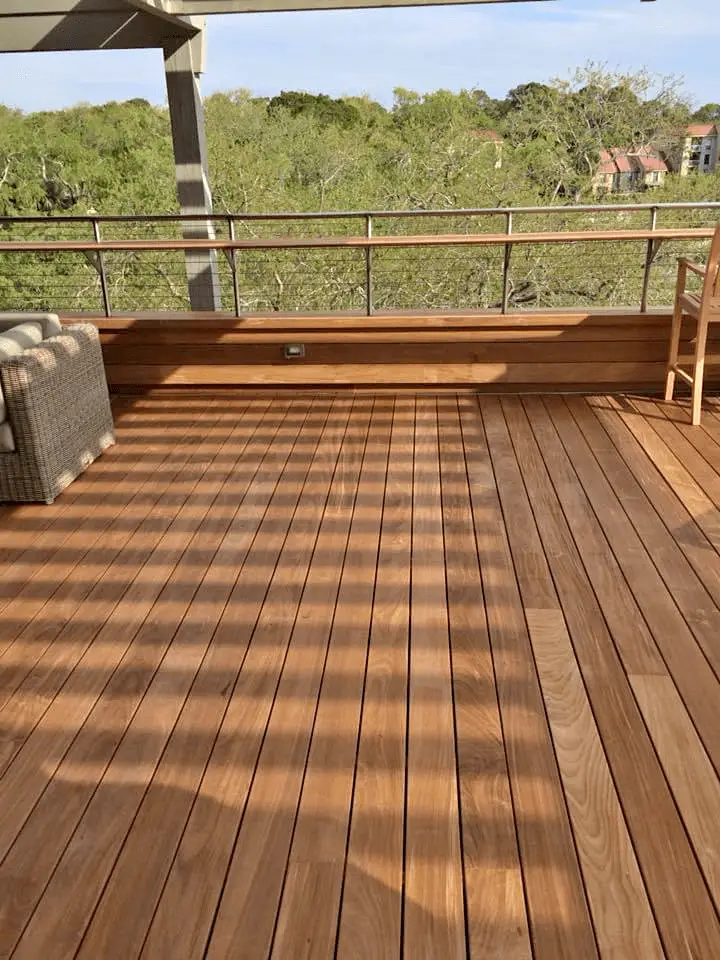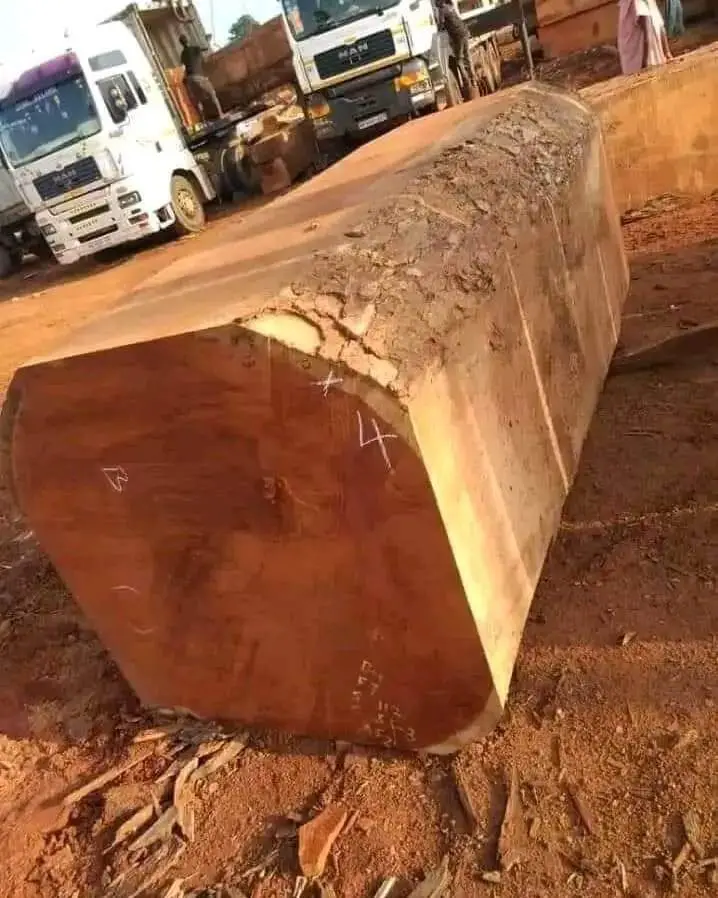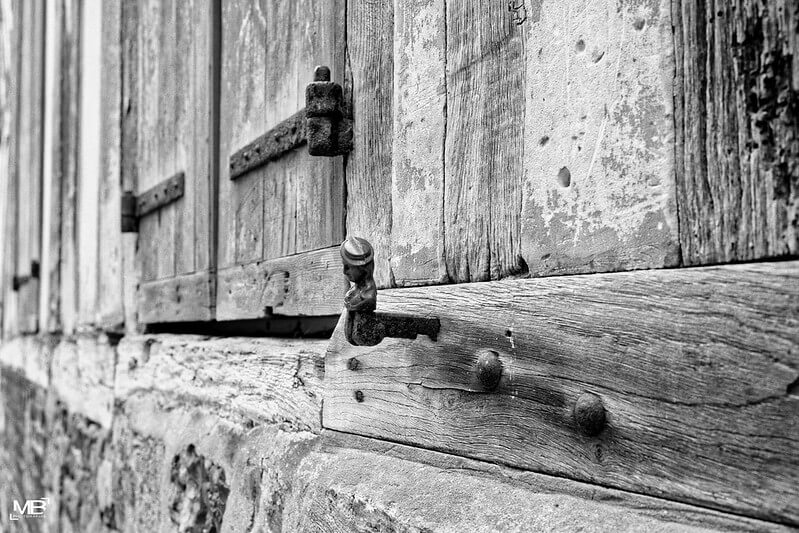Why use chemically treated lumber for outdoor projects when you can easily go for naturally the most weather-resistant woods? Such lumber is a lovely choice for adding texture and warmth to your trellises, decks, bridges, garden structures, outdoor furniture, and fences.
In addition to their undeniably intriguing aesthetic expressions, natural weather-resistant woods also go a long way in added durability. They are an environmentally safe option if they are harvested sustainably.
Detailed below are some great picks for your next outdoor project:
The most weather-resistant wood
Ipe wood, sourced from the Tabebuia tropical tree, is the gold standard for weather-resistant lumber. This exceptionally dense wood is second to none in its durability and unique moisture-resistance ability. No wonder Ipe is the Tupi word for “a hard shell”.

As an added advantage, Ipe wood does not have a characteristic odor. This makes it an ideal choice for individuals who are intolerant of the natural lumber smell.
Read Next
- Best Woods for Outdoor Fence
- Best Woods for Outdoor Bench
- How to Treat Wood for Outdoor Use
- Best Outdoor Oil Finishes
- How Long Does Pressure-Treated Wood Last?
- [Redwood vs Cedar: Which Is More Durable
Other woods that Can Handle Rough Weather
Teak
Teak is another weather-resistant wood that deserves special mention. This tropical species features natural durability and heightened dimensional stability, making it an ideal candidate for all outdoor constructions. It is not prone to rupture or the usual cracks that come with exposure to sun, pests, or rain.
From a design standpoint, teak wood offers a great deal of versatility. It often comes in a golden brown hue but can also be found in an extensive palette of dark red.
Iroko/ African teak/ Elgon teak

Iroko, a tropical wood species from East and Central Africa, is also well known for its handling of rough weather. Commonly known as the ‘African Teak’, this wood holds an immense resemblance to teak wood. It is found in different variations of golden brown and is resistant to moisture. Moreover, it features an interesting interlocked grain pattern and medium texture, making it a great candidate for outdoor flooring.
Cumaru, Pink Peroba, Merbau, & the Western Red cedar
Cumaru, Pink Peroba, Merbau, and the Western Red cedar are notable weather-resistant species. These woods have a very long lifespan as they are moisture resistant. Their sturdy design makes them dense enough to withstand shocks, insect infestation, temperature variations, and water exposure for extended periods.
Other related readings
Summary: Most weather-resistant wood
Ipe wood is the primary lumbar reference when it comes to weather resistance. It is tougher than oak, very dense, and can withstand water exposure for years. Other tropical woods such as teak, Iroko, and Merbau are also renowned for their durability.
Your decision on which type to use for your outdoor project will boil down to desired style, price, and availability. While aesthetic appeal is paramount, you should also strive to pick a weather-resistant wood sourced locally, harvested sustainably, and within your budget.
With the right lumber, you can create chic outdoor furniture, raised seedbeds, or low-maintenance fences without giving much thought to wood decay or cracks.
